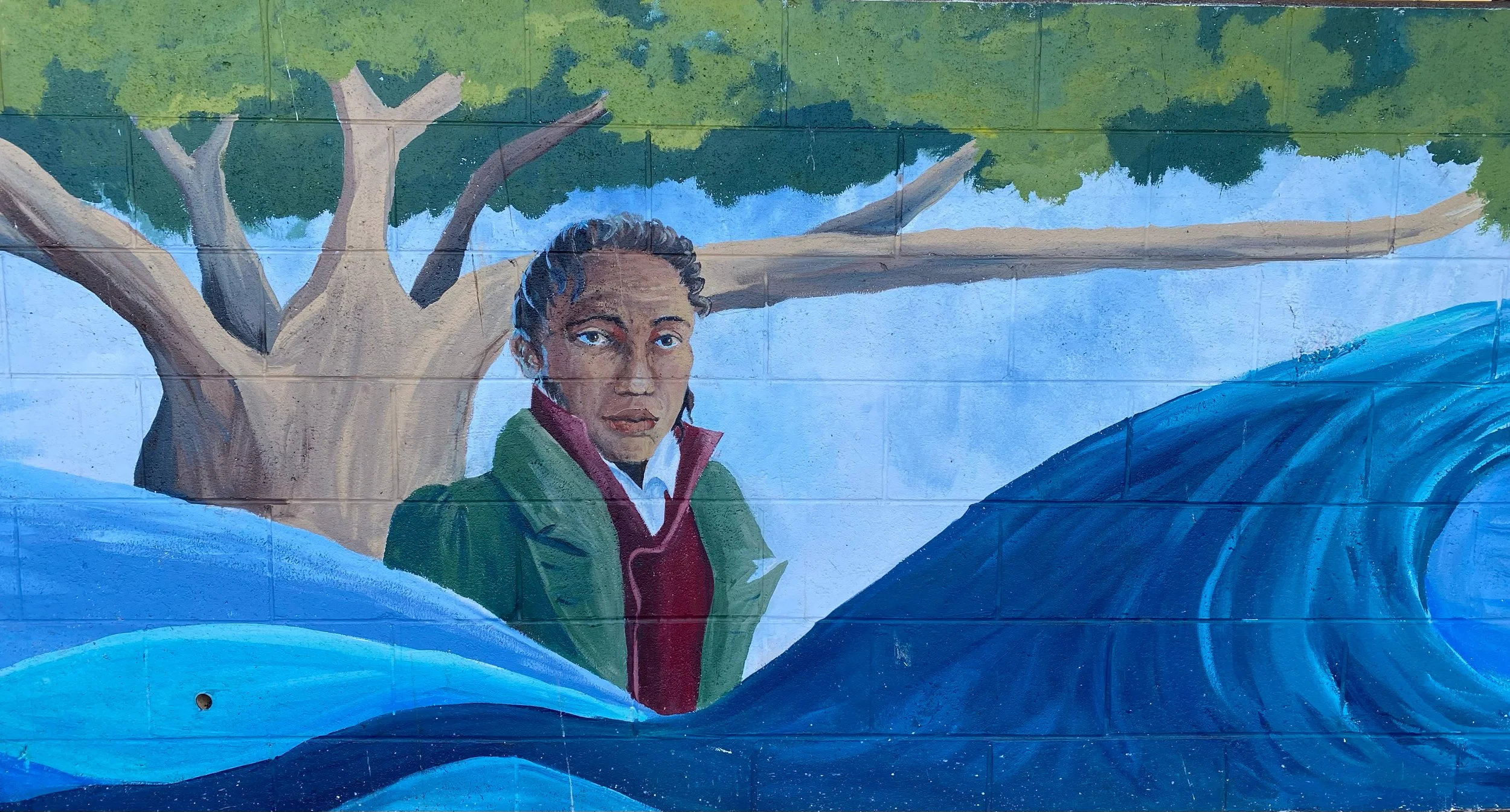
Kalanimoku
Kalanimoku embody the dramatic changes of nineteenth century Hawai‘i. Kalanimoku’s embrace of Christ brought stability and leadership rooted in faith.
Kalanimoku
Kalanimoku, often called William Pitt Kalanimoku, was one of the most influential chiefs of the Hawaiian Kingdom and a central figure in its transformation during the early nineteenth century. Known as the “iron cable of the Hawaiian Kingdom” because of his strength in leadership and his ability to hold the nation together, Kalanimoku guided Hawai‘i through the collapse of the kapu system and into an era shaped by Christianity and Western governance. Though he had been raised under the old religious order, in time he came to embrace the Christian faith. His support for literacy, education, and the preaching of the Word of God was crucial in laying the groundwork for the kingdom’s spiritual and political future.
His faith was not merely symbolic. Kalanimoku sought instruction, encouraged missionary teachers, and personally welcomed the spread of the gospel. In a letter written to Reverend Hiram Bingham in 1826, Kalanimoku assured him of his confidence in the missionaries’ work, saying, “I do not see your wrongdoing … Give us the word of God, and we will heed it.” These words capture the sincerity of his belief and the way he envisioned the gospel as a stabilizing and transformative force for his people. He was later baptized, showing publicly that his life had been given to Christ, and his example influenced other aliʻi and common people to follow the same path.
Kalanimoku stands as a witness of how the highest chiefs could humble themselves before Christ and help lead their people into a new era rooted in the Word of God. His stories remind us that the transition from kapu to Christ was not simple, but it was real, and it shaped the destiny of the Hawaiian Kingdom.
